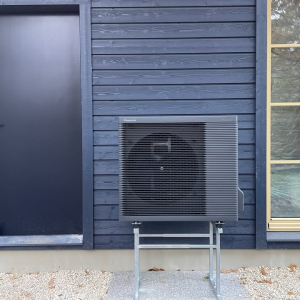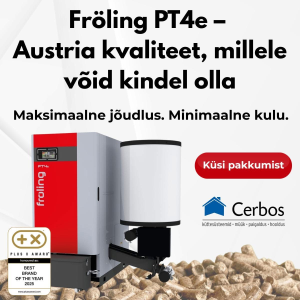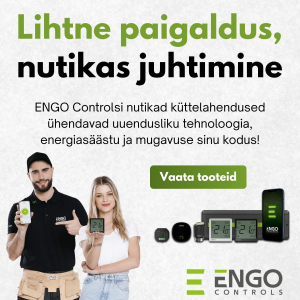Solid fuel boilers
Solid fuel boilers include direct combustion boilers (firewood + coal), wood gasification boilers, and pellet (wood granule) boilers.
The effective operation, convenient maintenance, and longevity of a solid fuel boiler depend on how properly and adequately the boiler system is constructed.
Atmos wood gasification boilers, made in the Czech Republic, are significantly more efficient and environmentally friendly compared to direct combustion boilers (e.g., Viadrus).
All boilers must always be installed by individuals with thorough knowledge and who are registered in the commercial registry for specialized heating work. This ensures the entire heating system operates flawlessly, economically, ecologically clean, and SAFELY! It is unacceptable for the boiler installer to omit proper setup and to fail to provide training for the future user.
Fuel selection
When using a solid fuel boiler, both the choice of fuel and its quality are crucial. It is forbidden to use any combustible materials that contain substances that disrupt combustion efficiency, such as food packaging, magazines with color illustrations, chemicals, paints, adhesives, and similar industrial waste. These materials contaminate the boiler's combustion chamber and gas passages, the chimney flue, and emit toxic gases that pollute our environment.
Using firewood
Only dry firewood with a relative moisture content not exceeding 20% should be used in a solid fuel boiler! Some people may not realize that split firewood dries in a sheltered place within one to two years (depending on the type of wood) to even lower than the maximum allowed 20%. Heating devices are not intended for drying fuel!
Wet firewood in any type of boiler, stove, or furnace causes the formation of creosote, which drastically reduces the efficiency of the heating device. A full load of wet wood can contain a considerable amount of water. High water content in fuel does not provide the desired heat energy. A significant portion of valuable energy is spent drying the fuel. During the combustion of such fuel, the temperature in the combustion chamber is low, and a lot of steam is released, which, together with creosote vapors, condenses/precipitates on the walls of the boiler’s gas passages and the chimney flue.
Using pellets
When purchasing fuel for pellet boilers—pellets or wood granules—it is important to pay attention to the quality of the pellets. Some sellers offer so-called industrial pellets, which are produced from low-quality raw materials containing bark, sawmill waste, and minerals (soil, sand, etc.).
Industrial pellets are slightly cheaper but are not recommended for use in small boilers; they are intended for use in large heating plant boilers. Quality pellets contain more heat energy, extend the lifespan of burners, and make periodic maintenance more convenient.
Using industrial pellets in efficient low-power burners increases the rapid contamination of the burner due to the aforementioned contents, and during the combustion process, hard slag often forms in the burner, resulting from the sand/soil present in the bark. This obstructs access to combustion air, and the boiler does not operate at its intended capacity or efficiently.
Pellets with such raw material content damage the equipment; the boiler and burner require very careful maintenance, combustion regulation becomes challenging, and the resulting efficiency is significantly lower. Additionally, pellet consumption increases significantly. To avoid these issues, only high-quality Premium pellets should be used.





